5 Ways Noble Ranches Work with the Nutrient Cycle in Their Regenerative Operations
Nature leads the way in the quest for healthier soils and bottom lines.
Since making the switch to regenerative ranching in 2020, ecosystem processes have become increasingly important to those responsible for the land and livestock on Noble Ranches.
Take the nutrient cycle, for example.
Sometimes called the soil food web, it’s the transfer of nutrients between living organisms and nonliving materials. And like its fellow ecosystem processes, it’s closely linked to the six soil health principles.
Kevin Pierce, ranch facility manager at Noble Research Institute’s Red River Ranch, says they’re doing things differently around the property in order to optimize the nutrient cycle. Here are five examples:
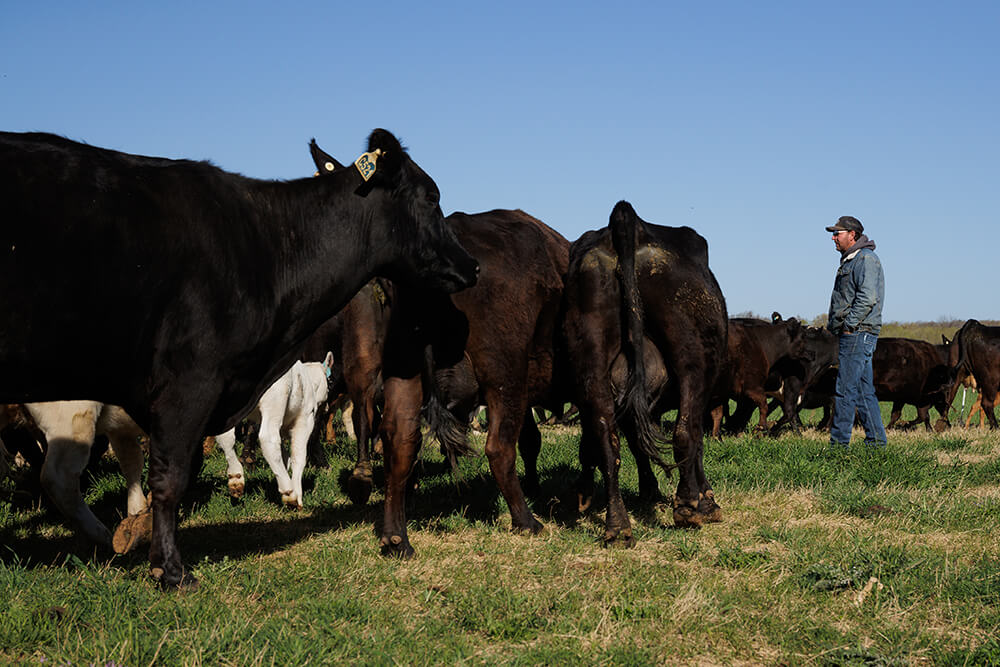
1. Not tilling the soil
Red River Ranch used to be farmland, with conventional cash crops planted on sandy bottom ground. Now that the land is in grass and forage crops and grazed, Pierce says they’ve reduced soil erosion, increased moisture retention, increased soil biological activity and increased organic matter.
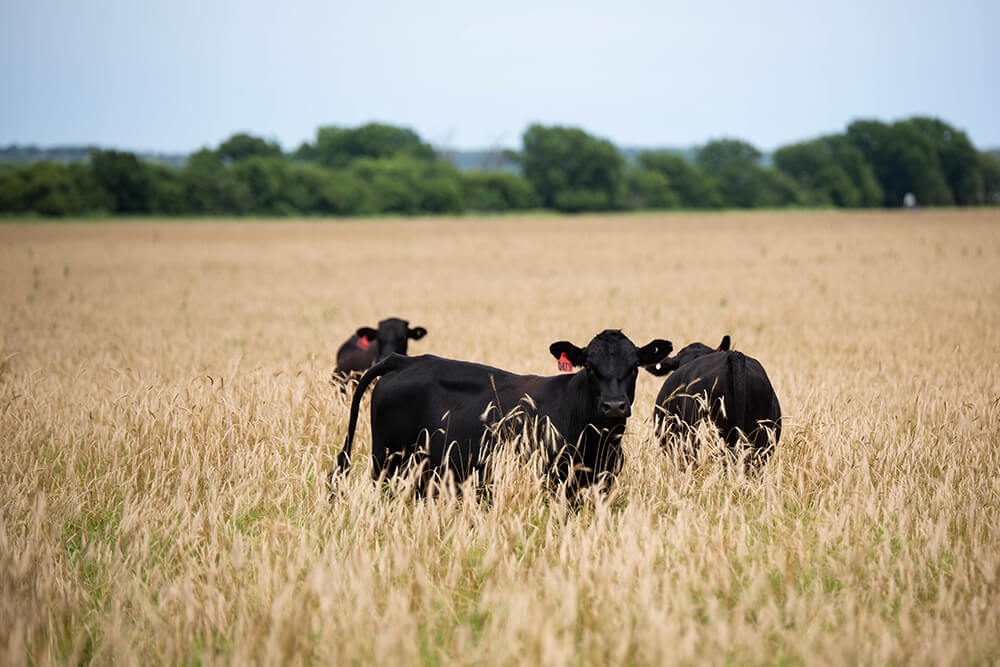
2. Planting cover crops
Both warm-season and cool-season cover crops grow on the southern Oklahoma property now. Pierce says it can be a little bit of trial and error to find what will work best, but they know more with each season.
“So, next year,” he says, “I’ll pick some blends that I know I can grow, and start small and build from that.”
On the Noble Ranches, cover crop planting dates are spaced out. This technique not only minimizes risk from adverse weather, but also helps extend the grazing season.
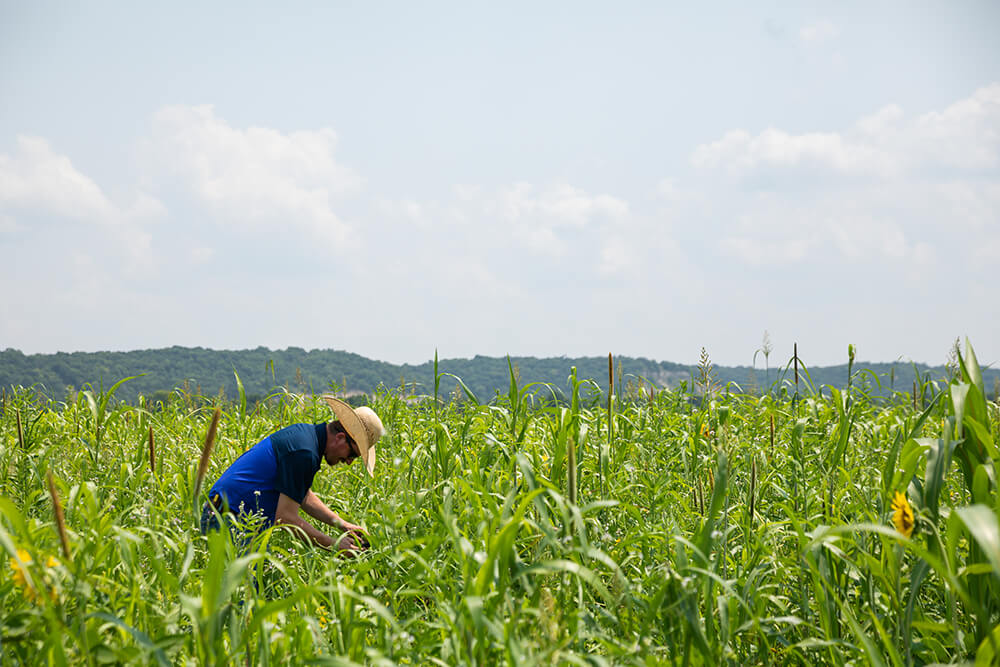
3. Regular soil testing
Pierce says they regularly conduct Haney soil tests on the ranch, and the results drive what comes next.
Before he plants summer cover crops, he tests.
Before he plants fall cover crops, he tests.
“That test gives us the best indication of what the soil needs and what we need to grow,” Pierce explains.
For example, if the soil is lacking nitrogen, he might focus on legumes rather than grasses. These plants will, through the nutrient cycle, put nitrogen back into the soil and improve its health.
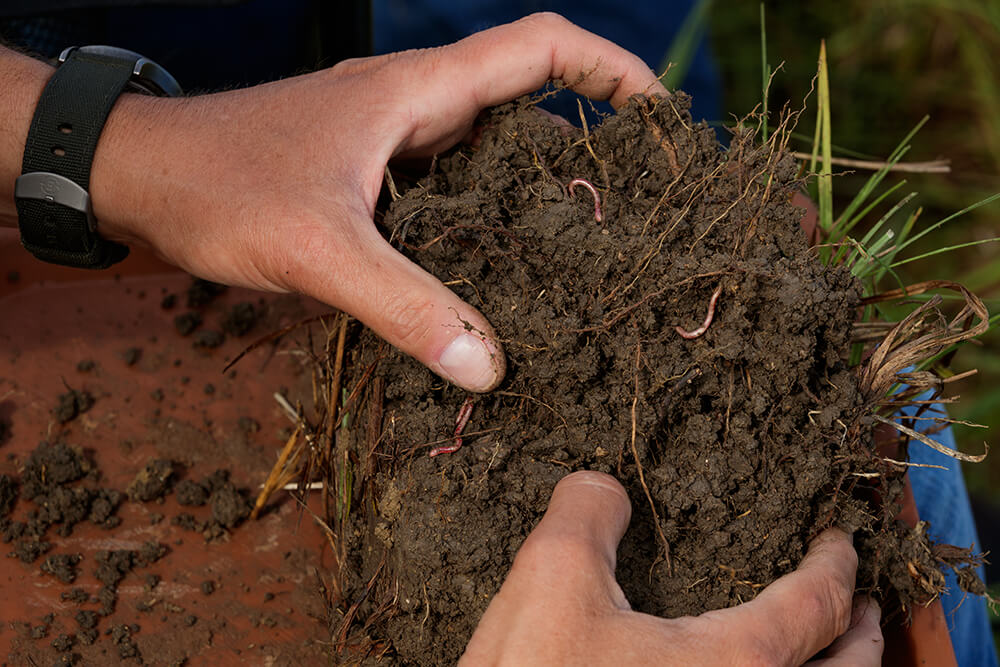
4. Purposeful grazing
He says he believes having greater numbers of cows graze a smaller pasture for a shorter amount of time is helping the nutrient cycle more than anything else they do, because the manure gets dispersed much more evenly.
“To an extent, we can really control what they eat and how much they eat,” he adds.
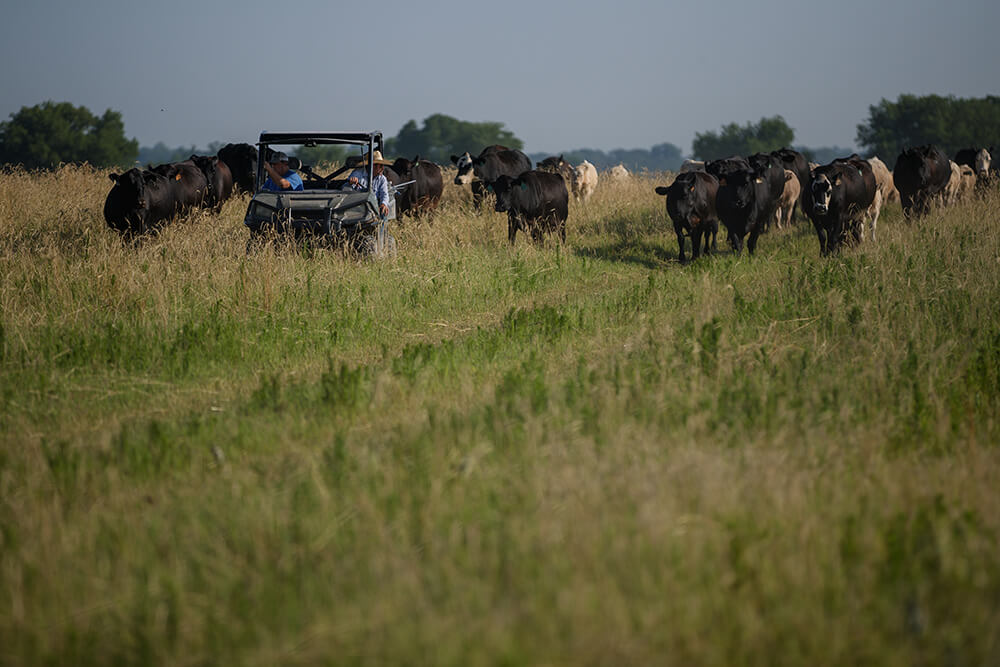
5. Relying less on inputs
To work with — and not against — nature, all Noble Ranches are using significantly less or no fertilizers, pesticides and herbicides. And it’s paying off already.
“Because of the exceptionally dry spring and summer we’ve had, others who spent tens of thousands of dollars on fertilizers didn’t reap any benefits,” Pierce says. “Regenerative ranching allows you to mitigate that risk, though, and not be as impacted by the weather.”

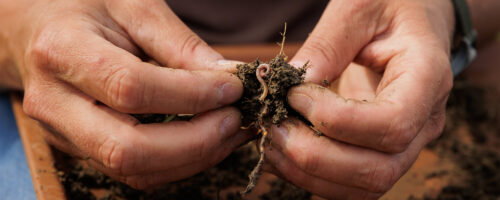

Comment